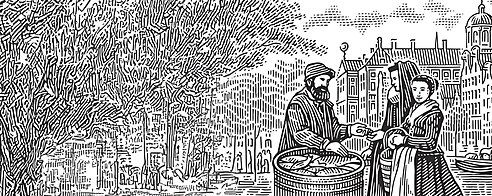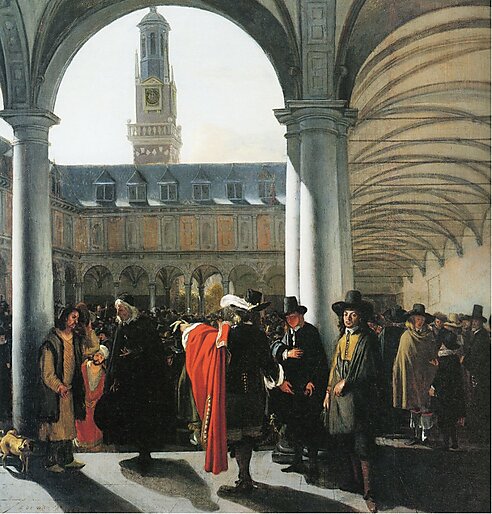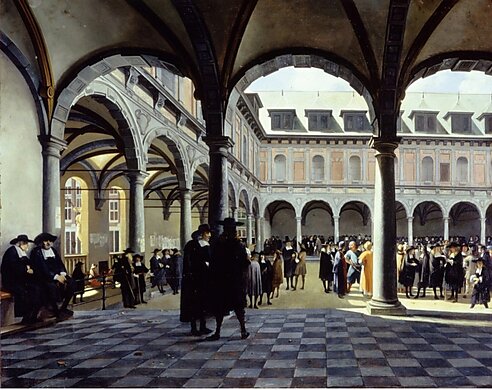“By embracing foreign peoples, goods, and ideas, what began as a small fishing town became a prosperous global capital of philosophy, science, and art. Far‐ranging trade, new corporate structures, innovations in finance and engineering, and acceptance of intellectual and religious refugees, all helped to make Amsterdam successful.
“By embracing foreign peoples, goods, and ideas, what began as a small fishing town became a prosperous global capital of philosophy, science, and art. Far‐ranging trade, new corporate structures, innovations in finance and engineering, and acceptance of intellectual and religious refugees, all helped to make Amsterdam successful,” writes Chelsea Follett in this article about Amsterdam during the 1600s. In this lesson, you’ll learn about how a unique set of cultural values that emphasized openness and tolerance helped lead Amsterdam to the pinnacle of European commercial success during the Dutch Golden Age.



